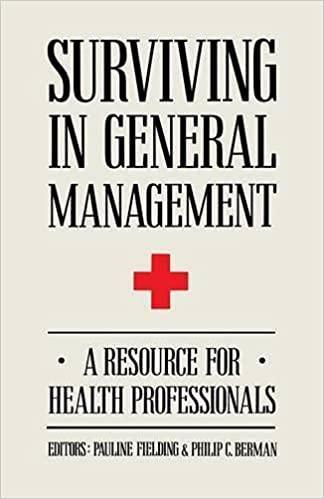Capital asset pricing model (CAPM) For the asset shown in the following table, use the capital asset pricing model to find the required return. (Click on the icon located on the top-right corner of the data table below in order to copy its contents into a spreadsheet.) Risk-free Market rate, RF Beta, b 5% 10% 1.1 return, m The required retum for the asset is % (Round to two decimal places) Question Help Security market line (SML) Assume that the risk free rate, Re, is currently 6% and that the market return, Fm, is currently 10% a. Calculate the market risk premium b. Given the previous data, calculate the required return on asset A having a beta of 0.4 and asset B having a beta of 1.1. a. The market risk premium is % (Round to one decimal place.) Before-tax cost of debt Gronseth Drywall Systems, Inc. is in discussions with its investment bankers regarding the issuance of new bonds. The investment banker has informed the firm that different maturities will carry different coupon rates and sell at different prices. The firm must choose among several alternatives In each case, the bonds will have a $1.000 par value and flotation costs will be $40 per bond. Calculate the before-tax cost of inancing with the following alternative (Click on the icon here in order to copy the contents of the datatable below into a spreadsheet) Coupon rate Time to maturity Premium or discount 8% 17 years - $150 The before-tax cost of debt is % (Round to two decimal places) Cost of preferred stock Taylor Systems has just issued preferred stock. The stock has a 8% annual dividend and a $120 par value and was sold at $130.80 per share. In addition, flotation costs of $7 20 per share were paid. Calculate the cost of the proferred stock. The cost of the preferred stock is I % (Round to two decimal places.) Payback period Jordan Enterprises is considering a capital expenditure that requires an initial investment of $36,000 and returns after-tax cash inflows of $7.199 per year for 10 years. The firm has a maximum acceptable payback period of 8 years. a. Determine the payback period for this project. b. Should the company accept the project? a. The payback period for this project is years (Round to two decimal places)











